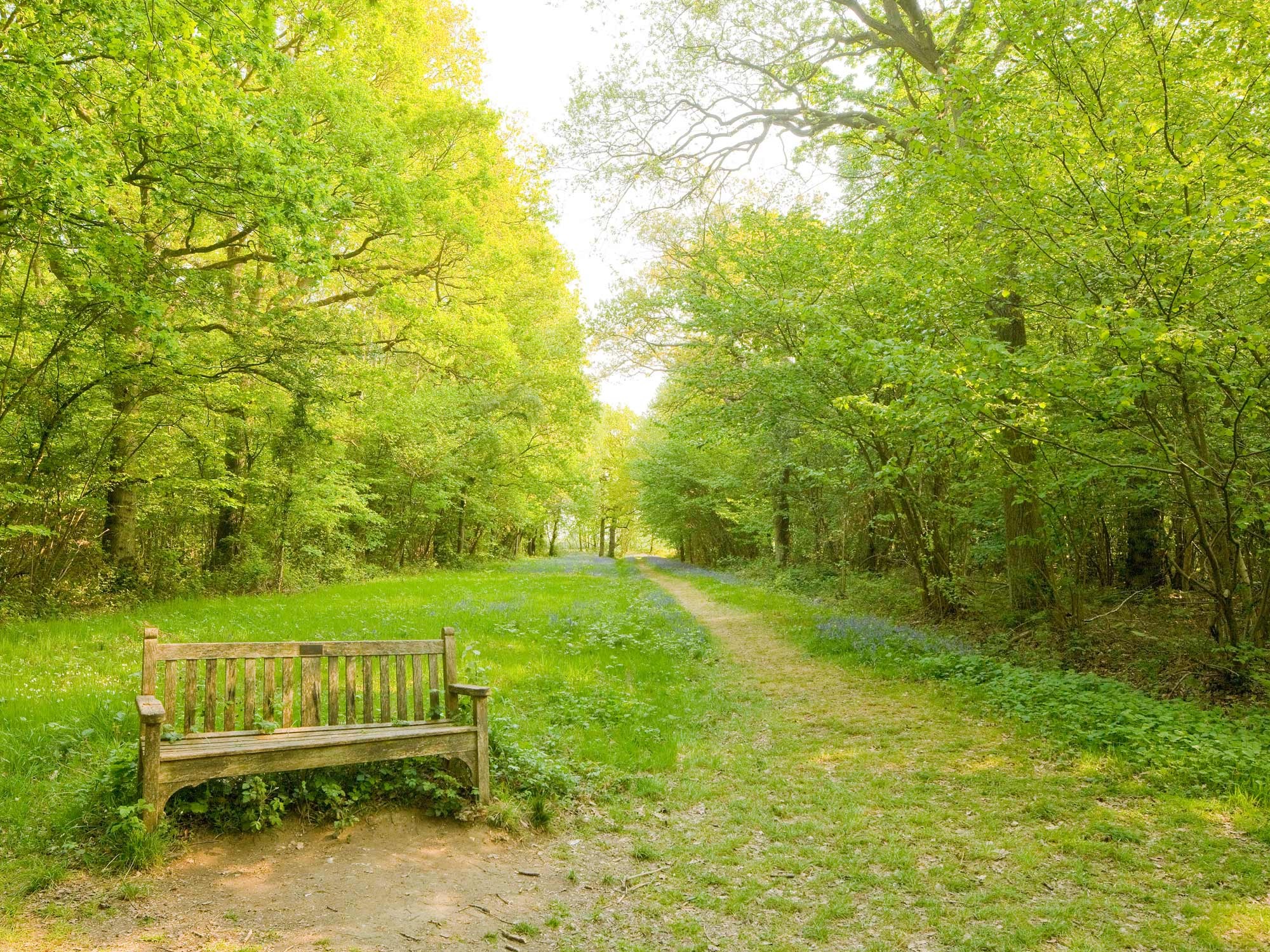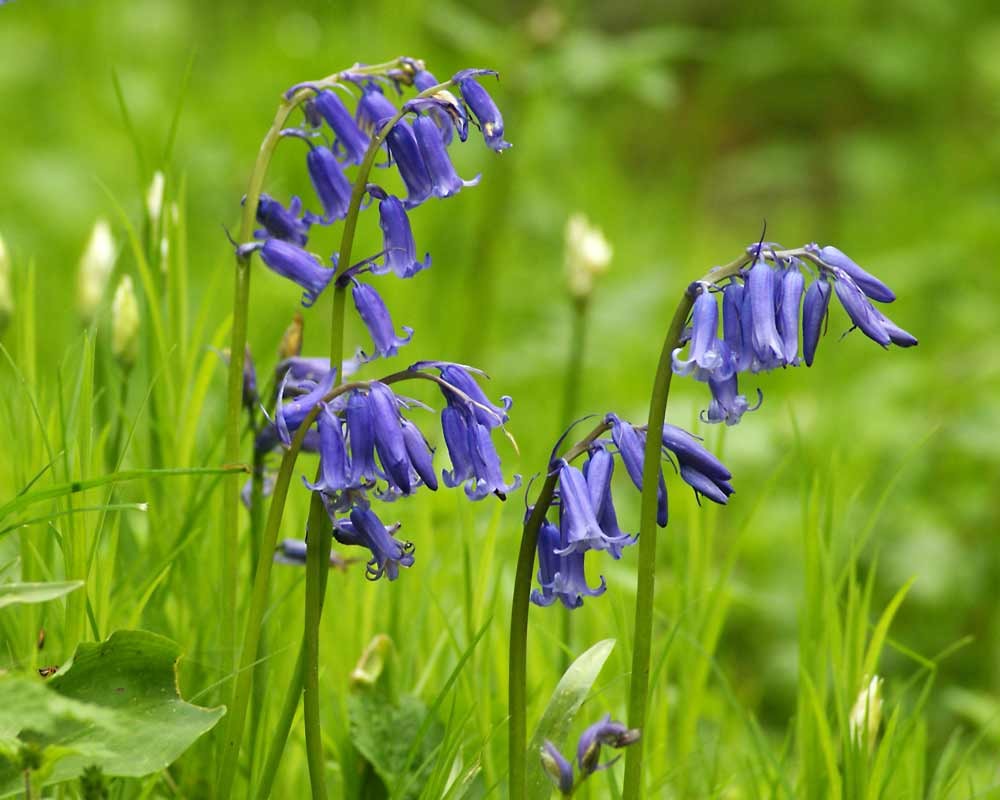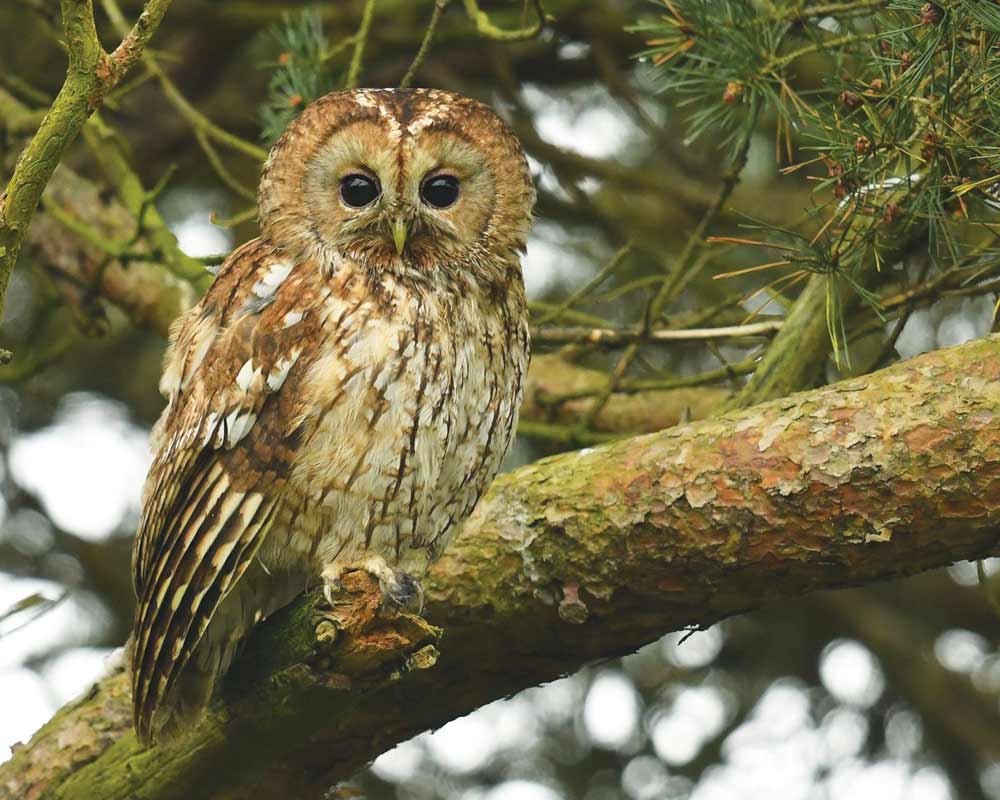
The wonders of Norfolk’s largest ancient woodland
With parts of it dating back some 6,000 years, Foxley Wood is one of the most beautiful areas of ancient woodland left in the area and is now home to one of the most spectacular bluebell displays in the UK
With the rerouting of the busy Norwich to Fakenham road in the 1990s, the village of Foxley was split in two – leaving a pretty country lane to meander away from the highway, passing the medieval church of St. Thomas, to the largest ancient woodland site in Norfolk, where you immediately sense the calm of another era.
Part of Foxley Wood is known to be over 6,000 years old, and along with the church of St. Thomas justified a mention in the Domesday Book. For a thousand years it satisfied the growing demand for wood until the 20th century, when the public’s need for timber, wood products and bark for the tanning industry decreased. Slowly but surely, this beautiful landscape became neglected.
A large area of Foxley Wood became a coppice plantation, with the cutting of saleable trees and heavy spraying destroying the undergrowth already damaged by roads and ditches. The entire wood and its wildlife were dying.
In 1988, the Norfolk Wildlife Trust came to the rescue of Norfolk’s ancient woodland, and now the ancient art of coppicing is practiced only to recreate the dappled conditions required for what have become scarce plants such as primrose, cowslip and lovely early purple orchids.
Over the past 30 years, the habitat of Foxley Wood has been restored to a tranquil woodland environment where once again birdsong is the only sound you’re likely to hear. The Norfolk Wildlife Trust has provided wide rides crisscrossing the woods with a well-marked circular walk where visitors are able to take pleasure in the carpets of grasses, woodland flowers and brambles that are a magnet to the white admiral butterflies.



In 2002 Foxley Wood was designated a National Nature Reserve, a Site of Special Scientific Interest (designating its 300 acres a protected area) and a Nature Conservation Review Site.
Earlier this year, experts confirmed the return of the extremely elusive purple emperor butterfly, adding weight to the belief that the UK’s second-largest butterfly is breeding again in Norfolk. The purple emperor requires a precise habitat – shaded sallow trees and mature oaks that are essential for egg laying.
Declared extinct 50 years ago, the emperor butterfly’s departure from our woodland coincided with the felling of mature oaks no longer in demand in the 1960s, when woodlands were considered to be a waste of valuable land and there was a national drive to convert them to conifer plantations.
For John Milton, head of Nature Reserves at Norfolk Wildlife Trust, the return of the emperor is just the start of the story.
“We’ve successfully restored Foxley Wood by putting it back to deciduous woodland,” he says, “but the real challenge now is (although somewhat visionary) to connect it through corridors to other ancient woods in North Norfolk.”
In 1879, the vicar of Lyng kept a diary with many notes on the wildlife of Foxley, and the plants he mentioned have gradually been rediscovered. One, the adder’s tongue fern, was found in the precise location he recorded.
As for trees, a study in the early 2000s led by Keith Kirby (the ancient woodland specialist at Natural England) found Foxley to be the best site in the UK for the regeneration of tree species.
Rescued in the 21st century by Norfolk Woodland Trust's inspirational achievement with the return to the woodland of butterflies as well as many plants, it’s no wonder they regard Foxley Wood as their most precious site.
For a thousand years Foxley Wood satisfied the growing demand for timber until the 20th century, when the needs of the tanning industry decreased
It’s also home to one of our most popular wild flowers: Foxley has the most spectacular bluebell woods in the UK. Bluebells love ancient woodlands, and have been part of our heritage since the Ice Age. Even where woodland has been disturbed, the reappearance of bluebells each year is a clear indication that woodland existed here.
In the dampness of a spring dawn, before the dense green canopy of the wood blocks the sun's rays, sweeps of bluebells appear as if on cue. It’s a perennial herb of the lily family that stays in the soil over winter with a multitude of offshoots emerging from each bulb from early January.
Together with the early Purple Orchid they mark the moment when winter is gone and signify the beginning of spring. Sadly, they’ve usually disappeared by the end of May but there’s still much to see along the tracks that border the undergrowth.
Foxley’s name comes from the Old English ‘foxleah’ – ‘leah’ meaning a clearing in or about a wood. The village also boasts the moated site of a former manor house, a medieval church, and woodland that was once the hunting ground of kings.
Twentieth-century history gives reference to instruments dug up on the edge of Foxley Wood as the result of the mid-air collision of two aircraft on a local practice mission with death of 11 crew members.
More recently, a grant of £4,000 raised from the Tesco ‘Bags of Help’ initiative has been awarded to Norfolk Wildlife Trust. It means work can now go ahead on improving the car park and paths in the wood and helping the mid-Norfolk Local Group reach more people, help more animals, and protect more plants.
Photographs by Richard Osbourne, Jessica Riederer, Mark Hamblin and Nick Appleton
